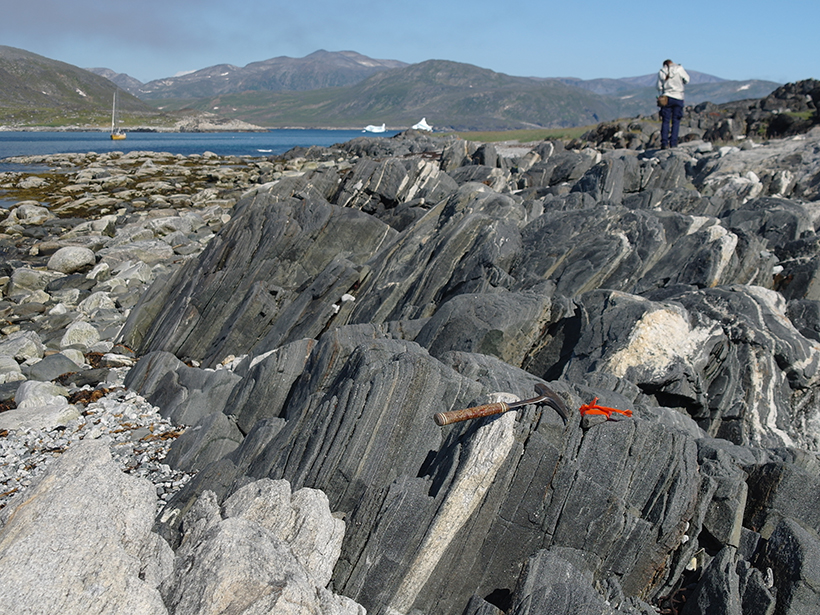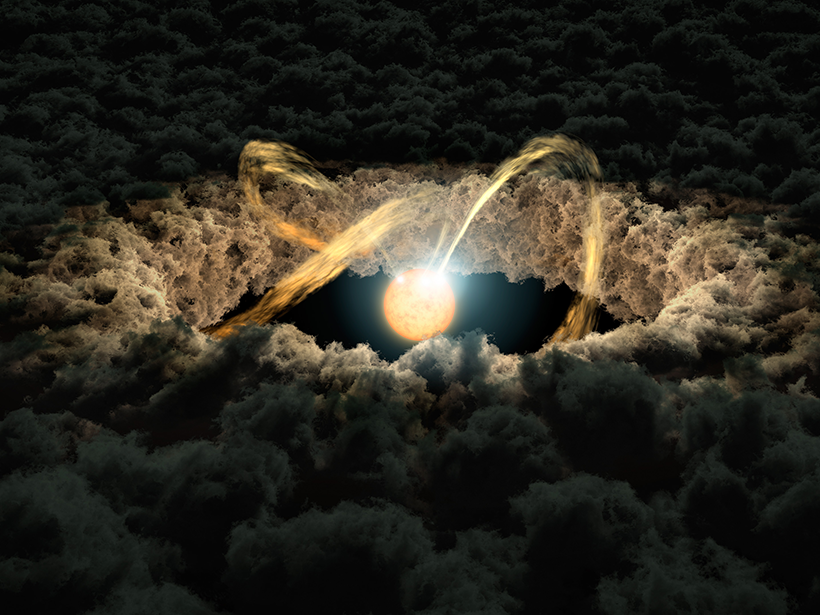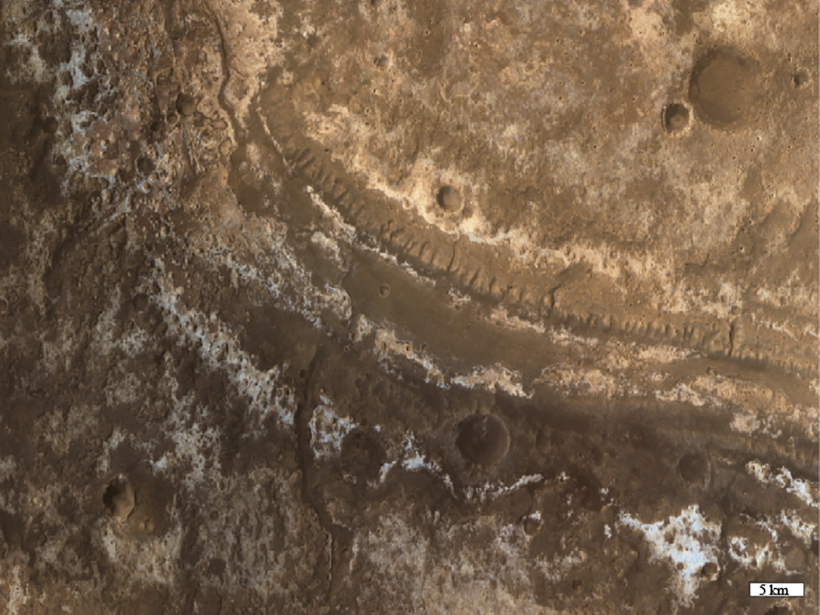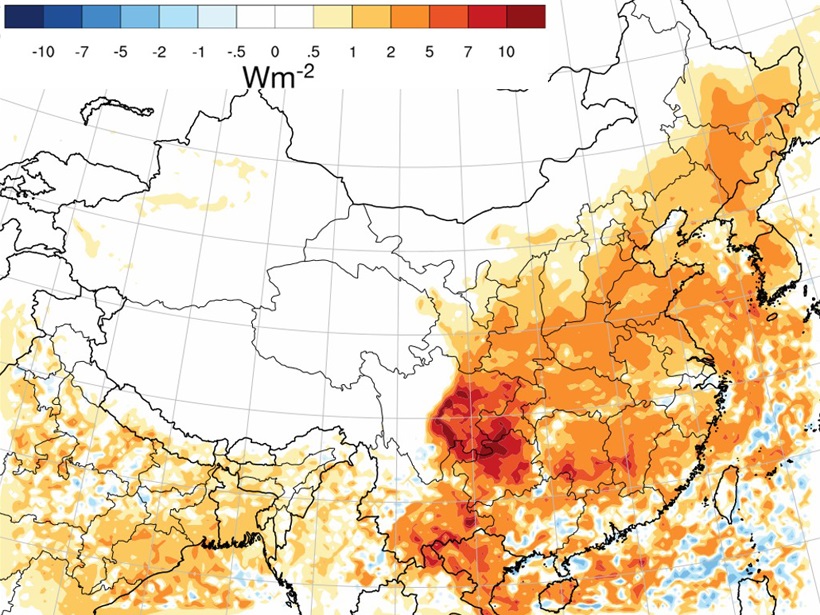Simulations that test different approaches to modeling radiation suggest a commonly used scheme fails to fully capture changes in midlatitude circulation associated with climate change.
CC BY-NC-ND 2019
Polar Vortex Deformations Change Tidal Weather in the Mesosphere
Wind observations made by a high-latitude radar network shed new light on the rapid response of atmospheric tides in the upper mesosphere to stratospheric sudden warmings.
Did a Volcanic Eruption in 1783 Change the Climate in Europe?
A new model of the Laki eruption in Iceland suggests that normal climate variability was to blame for the anomalously warm summer.
When Water Met Rock
Geologists discover rocks bearing the earliest known evidence of water interacting with rock on Earth’s surface.
Introducing the New Editor-in-Chief of JGR: Planets
Find out about the person taking the helm of JGR: Planets and his plans for taking the journal forward in the coming years.
Passing Object May Have Kicked Up Dust from a Planetary Disk
The elongated tail of the SU Aurigae protoplanetary disk was likely formed as a result of a flyby from a substellar object.
JGR: Planets and a Community of Planetary Science
The outgoing Editor-in-Chief of JGR: Planets reflects on the journal’s role serving the planetary science community and expresses appreciation for all those who contribute to its success.
Detecting Carbonates on the Surface of Mars
A new study shows how a warm, wet climate weathered rocks on early Mars.
Household Cooking and Heating Affect Health and Climate in China
Black and organic particle emissions have significant impacts on both health and climate, and household cooking and heating activities may contribute substantially to these impacts in China.
Can Patches of Cold Air Cause Thunderstorms to Cluster?
Small-scale collisions between pools of cold air may play an important role in organizing hurricanes and other crucial atmospheric phenomena, according to newly developed conceptual models.










